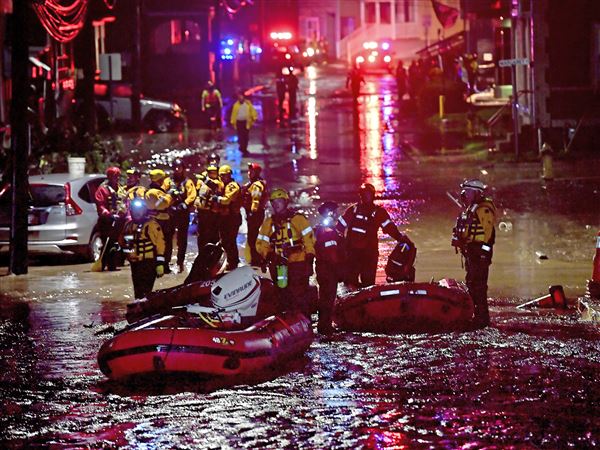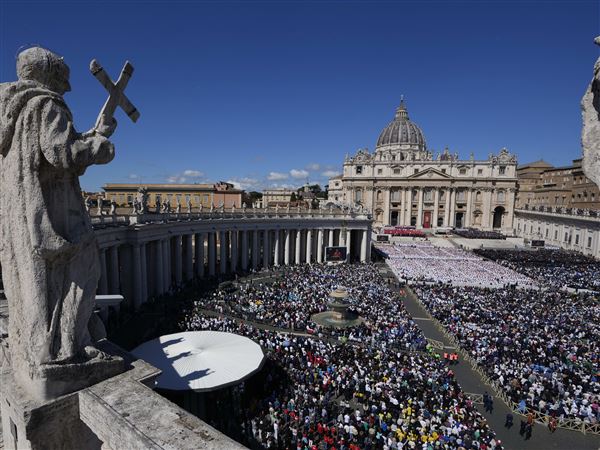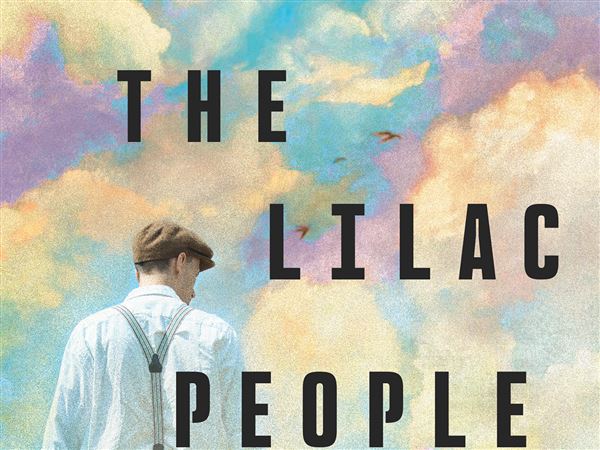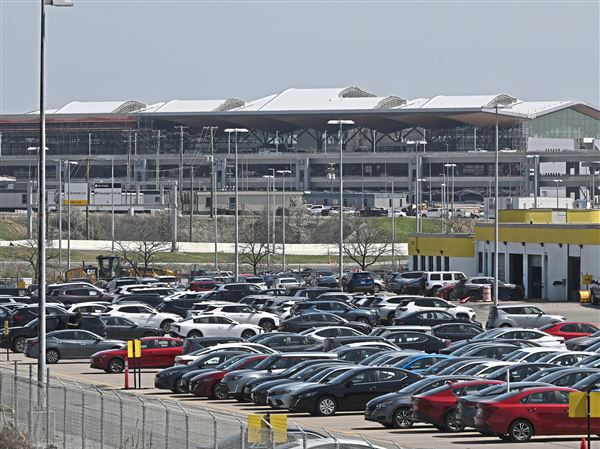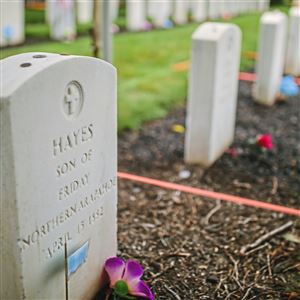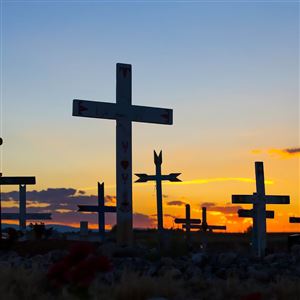CARLISLE, Pa. — A team of archaeologists will begin working Tuesday to excavate the remains of three Native American children buried here and return them to their Northern Arapaho Tribe in Wyoming.
The children — Little Plume, Little Chief and Horse — are buried in a fenced-in cemetery on the grounds of the U.S. Army War College in Carlisle, Cumberland County. The cemetery contains the graves of students who attended the former Carlisle Indian Industrial School, which between 1879 and 1918 served as a boarding school for thousands of Native American children. Officials suspect many of the children buried there died of infectious diseases.
Little Plume, Little Chief and Horse are the first three children to be returned to their tribe, but officials with the Office of Army National Military Cemeteries expect there will be more, similar efforts in the future.
"It does weigh on me," said Michael “Sonny” Trimble, chief archaeologist with the U.S. Army Corps of Engineers, which is working on the project.
While Mr. Trimble — aided by a team of more than a dozen others — works to sift through the grave sites by hand, a cohort of elders and youths with the Northern Arapaho Tribe based in Freemont County, Wyoming, will be nearby. The tribal members, who were not immediately available for comment, arrived in Pennsylvania Sunday and are expected to remain here throughout the week while work happens at the grave sites.
The tribe requested the disinterments in January 2016, and the Army is covering the costs — about $500,000 — for the disinterment and reburial.
The Carlisle Indian Industrial School was founded by Lt. Richard Henry Pratt, who believed that Native Americans were a dying race, and sought to educate them by giving them vocational training and making them adapt to American culture. He believed that Native Americans could be equal to whites if given education. "Kill the Indian, save the man," he said.
When they attended the school, the children's traditional clothes were replaced with uniforms. Their hair was often cut in an Anglo style. Students also took English names.
For Little Plume, that name was Hayes Vanderbilt Friday. For Little Chief, it was Dickens Nor. For Horse, it was Horace Washington.
Life at Pratt’s school was regimented, as it was at many boarding schools at the time. But for the Native American children, separated from families, familiar surroundings, friends, language, food and all they had known, it could be a brutal transition.
Speaking in their native language was forbidden. Students could be punished for not understanding English, for trying to escape or violating the military-style rules, even for comforting one another.
“The school was a military run-school,” said Barbara Landis of the Cumberland County Historical Society, who has researched the records and worked with descendants of the students to help them get information. ”Students were divided into military units, and there was a ranking system whereby they worked their way up the ranks; superiors were students, too. The structure was designed to reinforce that strict discipline, with punishments meted out by fellow students.”
Students were taught to read and write and learned vocational skills such as printing and tinsmithing for the boys and sewing and cooking for the girls. They were sent on “outings” with white families, living and working for pay in homes to further acculturate them.
Some students did well after finishing at the school, finding work and pursuing careers. Others ran away. Some who returned to their home reservations struggled to reintegrate, finding themselves outsiders in both white and Indian worlds.
Few became members of white society.
“They still were Indian when they came out,” said Ms. Landis. “They still looked Indian, they still had at core this traditional identity that was frowned upon in the Anglo world. In reality, they couldn’t become like the white man. They faced prejudice in white society.”
Liz Navratil: lnavratil@post-gazette.com, 717-787-2141, or on Twitter @LizNavratil.
First Published: August 7, 2017, 5:31 p.m.
